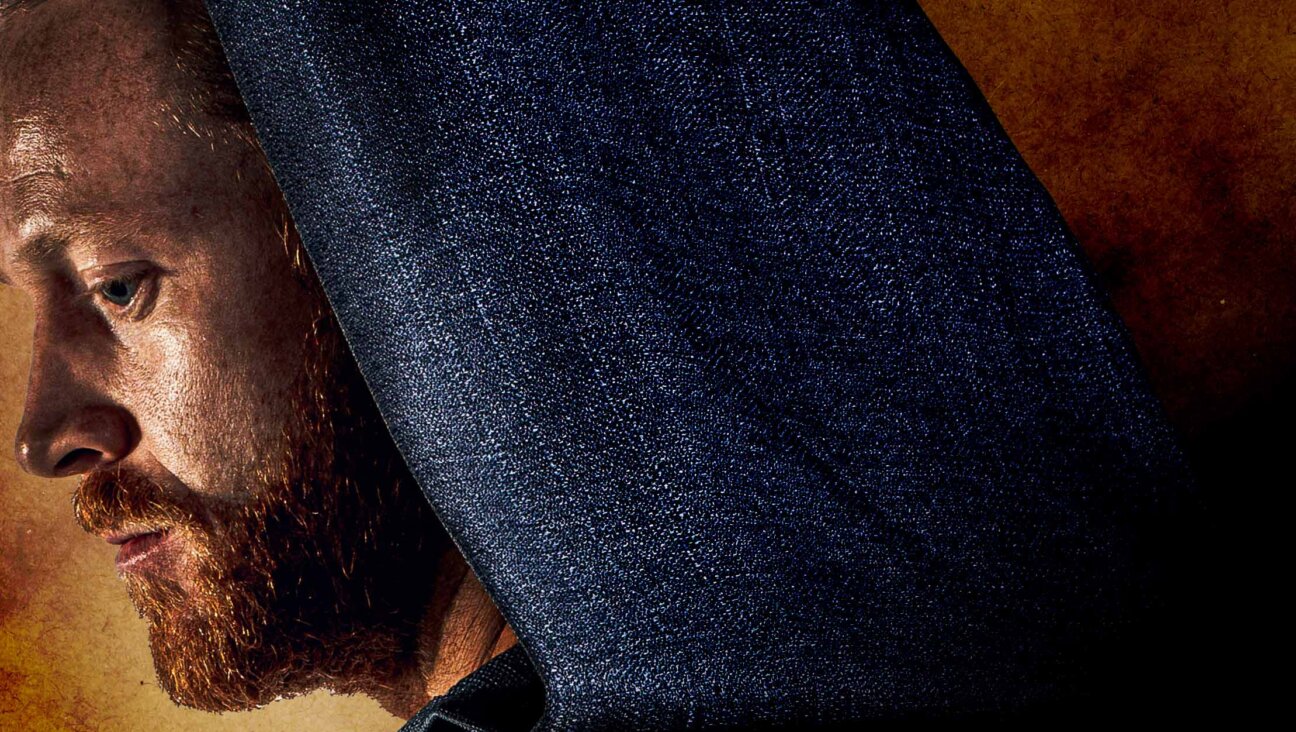On National Redhead Day, Explore the History of Ginger Jews

Redheads are finally having a moment. Image by iStock
As any self-respecting redhead will tell you, it’s not just a hair color – it’s a lifestyle. But we didn’t always live in a world of redhead reunions and spitfire portrait series. For centuries, red hair was feared and reviled – especially when it came to Europe’s Jews.
In honor of National Redhead Day, we’ve outlined the tenuous connection between Jews and the “dissembling color.”
It goes way back
The Hebrew Bible refers to both Esau and David as “admoni,” a word that can refer to red hair or a “ruddy” complexion. But it seems unlikely that this physical descriptor comes with any moral undertones. Esau, the Torah’s most famous dupe, is cheated out of his inheritance by younger brother Jacob, while David slays Goliath and goes on to become king of his people. These two redheads don’t have much in common.
In medieval Europe, being a redhead was no fun.
For centuries, Europeans associated red hair with Jews. For them, the unusual hair color was a physical manifestation of Jewish “otherness,” reflecting the belief that they were dangerous outsiders working with the Devil to sabotage Christian society from within.
During the Spanish Inquisition, redheads were considered Jews, and Renaissance masterworks such as Anthony van Dyck’s “The Taking of Christ” portray Judas Iscariot, the apostle who betrayed Jesus, as a redhead. The apostle’s betrayal – and his flaming locks – then became bywords for supposed Jewish dishonesty and treachery.
In Shakespeare’s “As You Like It,” the heroine Rosalind refers to her lover’s red hair as “the dissembling color” and suggests he’s untrustworthy because of his resemblance to Judas. Contemporary sources suggest that in the first productions of “The Merchant of Venice,” a Shakespeare play that both embraces and questions anti-Semitic tropes, the Jewish merchant Shylock wore a red wig.
Eastern European Jews reclaimed the red.
Some medieval Germans believed that the Caucasus Mountains were inhabited by die rote Juden, or “the red Jews:” fearsome redheaded tribes collaborating with the Antichrist to destroy Christian societies. This myth probably refers to the Khazars, a nomadic Central Asian tribe that did convert to Judaism before dying out in the 10th century.
These “Jewish bogeymen” took the blame for catastrophes like the Black Plague, which they supposedly caused by providing their European Jewish brethren with poison to slip into Christian wells. But the nascent Eastern European Jewish community repurposed these tropes into a promise of deliverance. For them, die royte yidn were powerful kinsmen living across the mountains, who would one day swoop in to uplift their persecuted relatives.
Science shows the carrot-top connection doesn’t really exist.
If only medieval Europeans had access to chromosomal mapping technologies, they would have learned that red hair derives not from affinity with the Devil but from the recessive MC1R gene. Among the general population (including Jews), only about two percent of people inherit and express this gene. The only significantly higher concentration of redheads occurs in Scotland and Ireland, where 10 to 13% of the population sports flaming hair. Scientists attribute this anomaly to the fact that the MC1R gene allows people to absorb more vitamin D, allowing them to thrive in northern, cloudy climates.
However, other studies suggest that up to 10% of Jewish men, of various head hair colors, have red beards. As red hair (and bearded men) come back into style, it looks like this legacy – however dubious – is one for modern Jews to embrace, not evade.

















